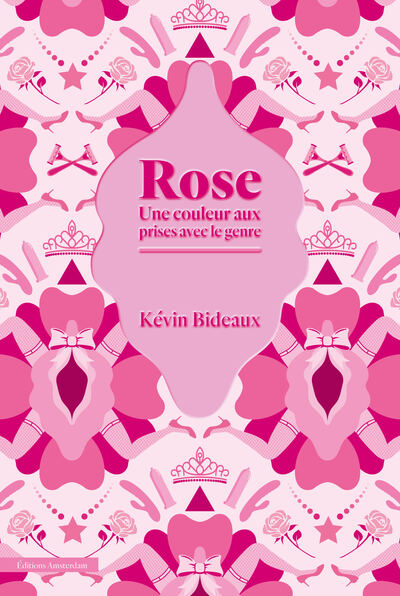Pink
Pink
“Pink is for girls.” From the first pink dyes to
Barbie, through Act-up, the Pink Pompadour or even Paris Hilton, pink
occupies a unique place in Western culture, associating it with the feminine
everything it colors.
Returning to the origins of this association, Kévin Bideaux highlights
the ideologies underlying the uses of this color. It shows that pink
contributes to an aestheticization of gender and the repetition of stereotypes: tour
in turn a marker of beauty and seduction, of sweetness and naivety. By marking
the feminine, pink makes it superficial and artificial, and therefore
makes it invisible. Associated with the masculine, it connotes effeminacy, even
homosexuality. In this sense, pink is a real “gender technology”,
constantly participating in the production of the latter.
At the intersection of gender studies and art history, this book
traces the long social, artistic, political and cultural history of pink
: from its rivalry with red to its association with the flower, passing through the
rendering of flesh – and therefore of nudity – in painting; developments in
fashion in the opposition of blue and pink, or to the uses that cinema,
cartoons and video games have made it; from the construction of the
preference for pink in its place in marketing, through the relationship
ambivalent attitude that the feminist and LGBTQ movements have towards it.
Share

